What does fine cheese contain?
There are many types of cheese available in the shops, the store shelves bend under the products. However, it is worth distinguishing between the “good” and the “bad” products, and the easiest way to do this is by looking at the composition. In fact, few ingredients are needed to produce cheese, so we should follow the principle that the shorter the composition, the better. Of course, ‘good’ cheese compositions can vary from one species to another.
Cheese versus cheese-like products
The basis for cheese selection is to make sure that the product we want to buy is actually cheese. Real cheese is 100% milk. On the store shelves we can find many cheese-like products. These products are produced not only on the basis of milk but also on the basis of a combination of milk and vegetable oil, and cannot be called cheeses. This is one of the reasons why it is worth reading the composition of the products. Labelling requirements are very strict, so there is no chance of any fraud.
The composition of good cheese
As we have already mentioned, the good composition is short. Only four ingredients are needed to produce cheese: milk, bacterial cultures, salt and rennet. All other additives are unnecessary, which does not mean that they are harmful.
Milk
It is the basic and both the most important ingredient used in the production of cheese. In order to produce 1kg of cheese you need from 10L to 12L of milk! However, it is worth noting that not all milk is equally good – the quality and purity of this raw material is crucial. The best cheese is made from the highest quality milk. It should come from healthy animals that eat natural food.
Bacterial cultures
Lactic acid bacteria, which are responsible for the fermentation process, are used to produce cheese. During this process, the bacteria convert lactose into lactic acid. The fermentation process is very important in the production of cheese, well carried out fermentation gives cheese the proper taste and aroma.
Salt
Salting cheese is another important process during production. This is the last production process just before maturity. The purpose of salting cheese is to give it flavour, but also to protect it against the growth of microorganisms.
Rennet
It is an enzyme that converts milk into clots and whey.
In addition to these four ingredients, cheese may also contain the annato dye, calcium chloride and lysozymes.
– The annato dye is natural and obtained from the arnot fruit tree.
-Calcium chloride will improve the coagulation of cheese, which can be weakened by pasteurization.
– Lysozyme is derived from egg whites and has a bactericidal effect.
Colour of cheese
The colour of cheese may be natural or unnatural. A nice color is, therefore, not a determinant of good cheese. The natural colour of cheese is not intense.
And where does cheese come from?
The colour of cheese depends on the ability of the animals to metabolise beta-carotene. Cows have this ability, which is why cow milk cheese is yellow. On the other hand, goats do not have this ability, which is why goat milk cheese is white.
Tips on how to buy good cheese
- Remember that cheese-like products are not cheese
- Good cheese isn’t cheap.
- Read the ingredients on the label
- Colorful label and nice packaging do not guarantee a good product
- Take a look at whether the cheese colour looks natural or unnatural
Discover our products
Become our partner

phone
+ 48 605 590 599
+ 48 693 550 771
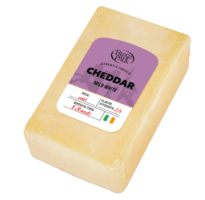 CHEDDAR WHITE CHEESE
CHEDDAR WHITE CHEESE 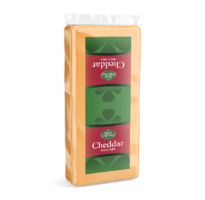 CHEDDAR MILD RED CHEESE (block)
CHEDDAR MILD RED CHEESE (block) 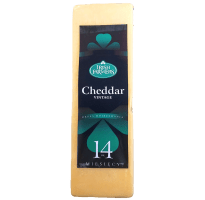 CHEDDAR VINTAGE CHEESE (block)
CHEDDAR VINTAGE CHEESE (block) 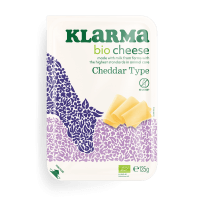 BIO CHEESE Cheddar
BIO CHEESE Cheddar 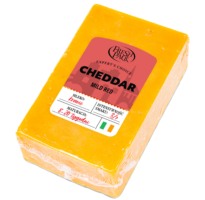 CHEDDAR RED MILD CHEESE
CHEDDAR RED MILD CHEESE 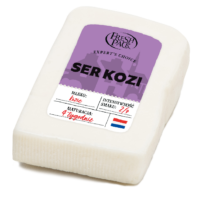 CHEVRETTE GOAT CHEESE
CHEVRETTE GOAT CHEESE 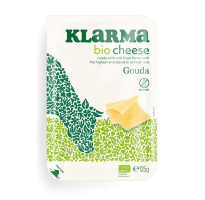 BIO CHEESE Gouda
BIO CHEESE Gouda 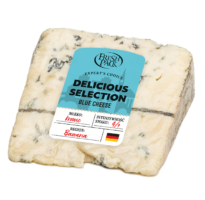 DELICIOUS SELECTION BLUE CHEESE
DELICIOUS SELECTION BLUE CHEESE 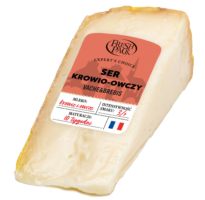 COW AND SHEEP CHEESE VACHE & BREBIS PELOTARI
COW AND SHEEP CHEESE VACHE & BREBIS PELOTARI 


